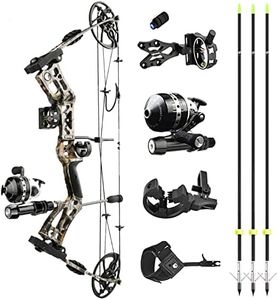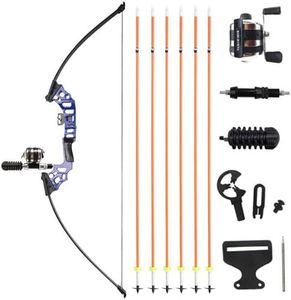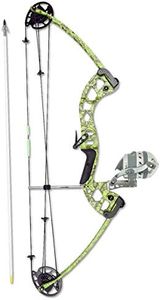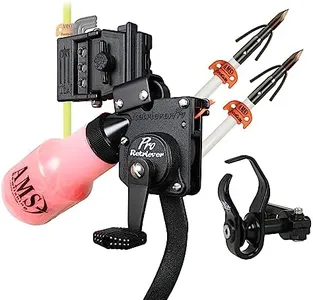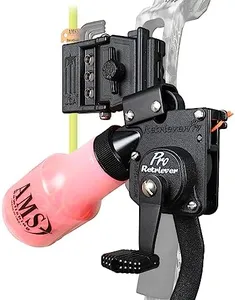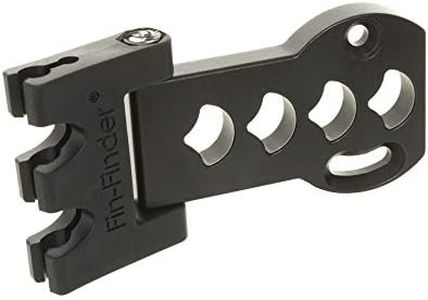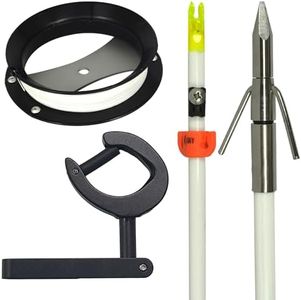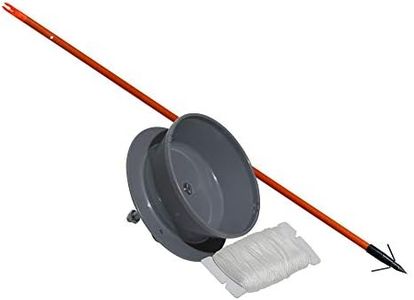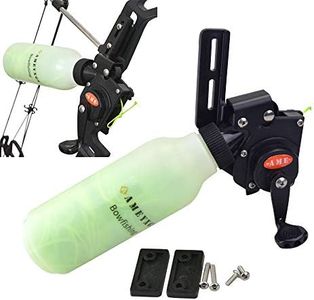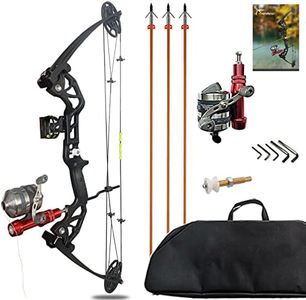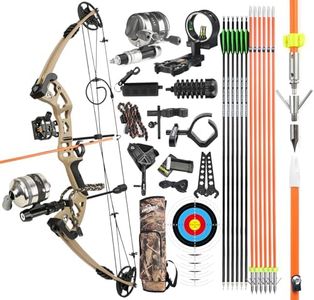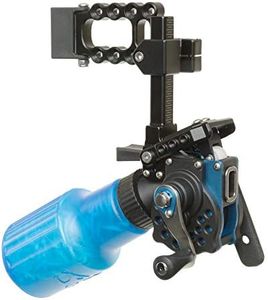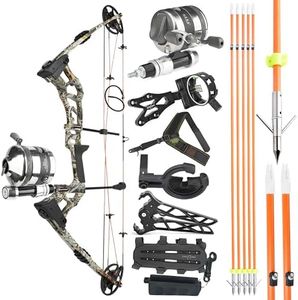We Use CookiesWe use cookies to enhance the security, performance,
functionality and for analytical and promotional activities. By continuing to browse this site you
are agreeing to our privacy policy
10 Best Bow Fishing Kits
From leading brands and best sellers available on the web.Buying Guide for the Best Bow Fishing Kits
Choosing the right bow-fishing kit can make a big difference in your overall experience and success on the water. Unlike ordinary archery or fishing, bow-fishing needs gear that combines elements from both sports, so it’s important to focus on strength, ease of use, and durability. Think about where you will be fishing, the types of fish you'll target, and your own comfort level with archery equipment. The best kit will feel balanced in your hands and be reliable under different conditions. Familiarizing yourself with the most important features will help you make a smart choice and enjoy every trip.Draw WeightDraw weight is the amount of force needed to pull back the bowstring. It’s important because it affects how powerful your shots will be and what kind of fish you can catch. Lower draw weights, usually between 20-30 pounds, are great for beginners or those targeting small to medium fish. Middle ranges, around 30-40 pounds, offer more versatility for a variety of fish and are manageable for most people. Higher draw weights above 40 pounds are better for larger, tougher fish but require more strength and experience. Choose a draw weight that matches your own strength and the size of fish you expect to target.
Bow TypeBow-fishing kits come with either a recurve bow or a compound bow. Recurve bows are simpler, lighter, and easier to maintain, which makes them a good option for beginners and for shooting in tight areas. Compound bows use pulleys to give you more power with less effort, which can make repeated shots easier and are preferable for bigger fish or longer outings. Consider your experience level and comfort—if you’re new to archery, a recurve is a safe starting point, while more advanced users may appreciate the efficiency of a compound bow.
Reel TypeThe reel holds your fishing line and retrieves fish once you’ve made a shot. There are three main types: hand-wrapped drum reels, bottle (retriever) reels, and spincast reels. Drum reels are very simple and reliable but require manual line winding, best for beginners or occasional users. Bottle reels offer smooth operation and are quick to retrieve, making them popular for a wide range of users. Spincast reels are like those found on regular fishing rods and provide fast, easy line retrieval but may be more complex for newbies to maintain. Choose a reel based on how comfortable you are with managing lines and how fast you want to retrieve your arrows.
Arrow Material and TipsBow-fishing arrows are different from regular archery arrows; they are heavier and more durable, typically made from fiberglass, carbon, or aluminum. Fiberglass arrows are tough and affordable, great for beginners. Carbon arrows are lighter and fly faster, appealing to more experienced users. Aluminum arrows are durable but can be heavier. The tips are barbed so they can hold onto the fish. Consider your skill level and how rough the conditions will be when choosing arrows. Beginners will do fine with fiberglass, while regular users might look for carbon for better performance.
Package CompletenessSome kits come fully outfitted with everything you need—bow, reel, arrows, line, and sometimes additional accessories like gloves or arrow rests. Others may require you to buy some items separately. All-in-one packages are great for those new to bow-fishing and want simplicity and convenience. If you already own some gear or want to personalize your setup, a more basic kit may be preferable. Understand what’s included to make sure you don’t miss any essentials for your first trip.
